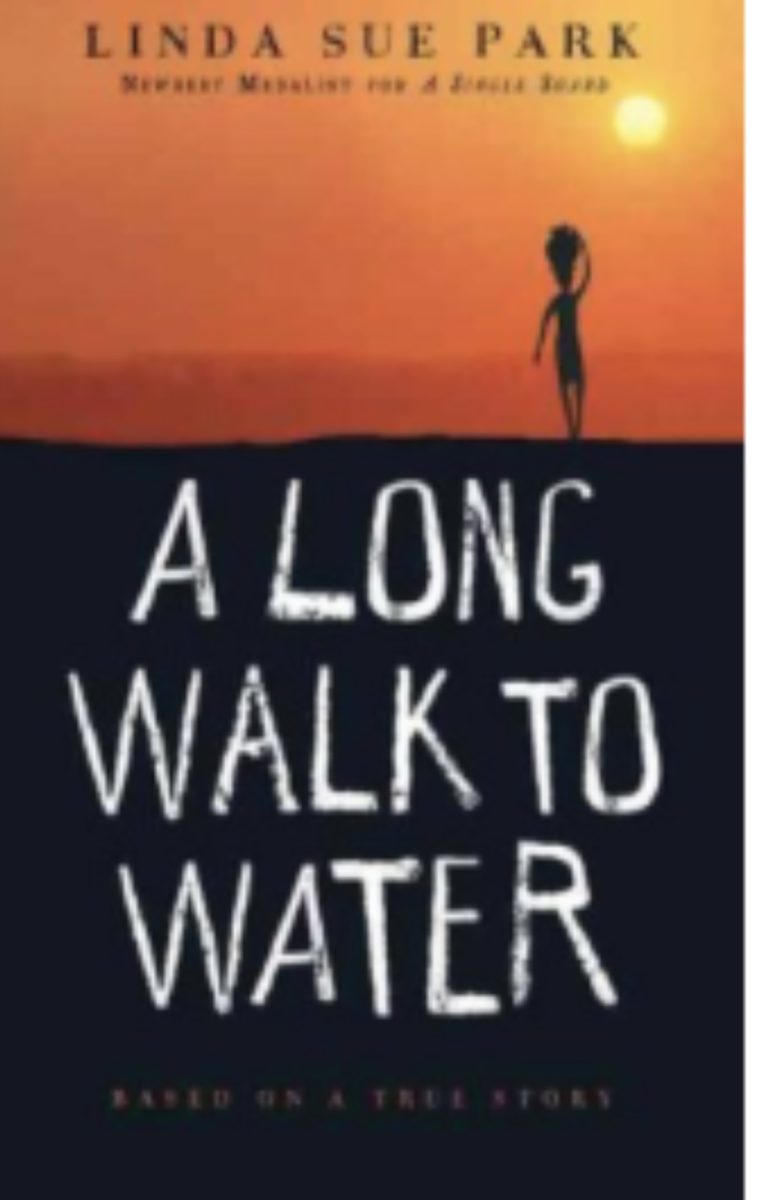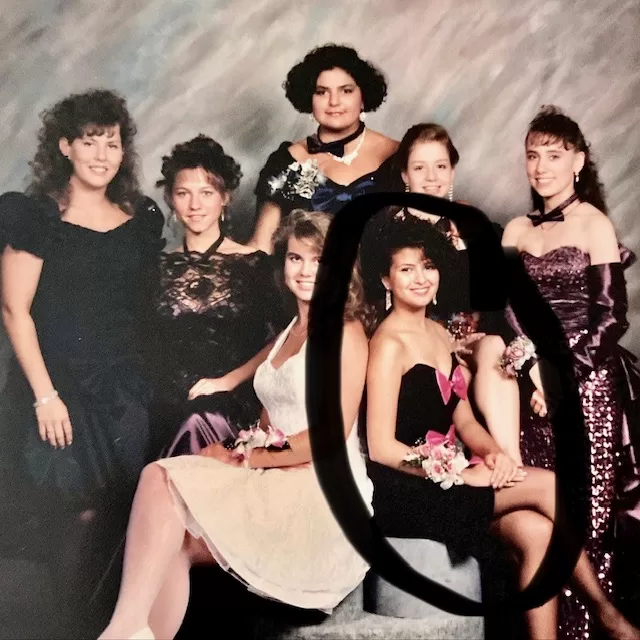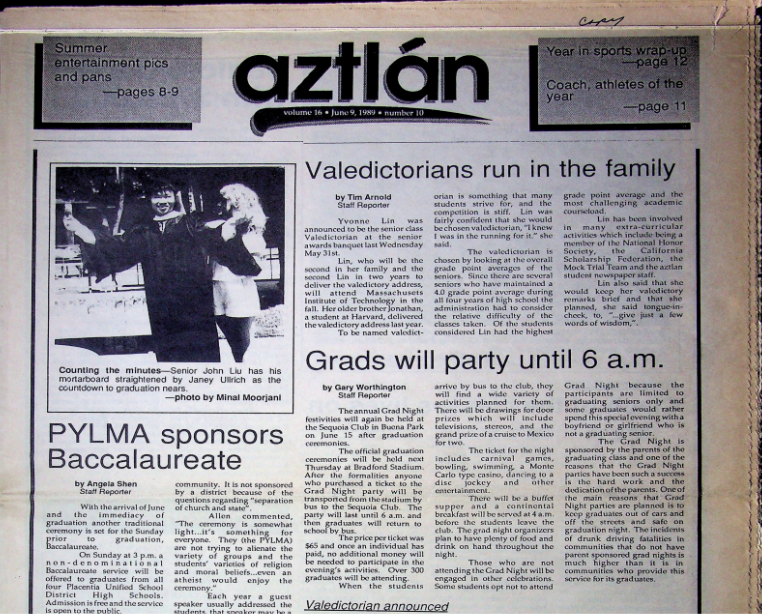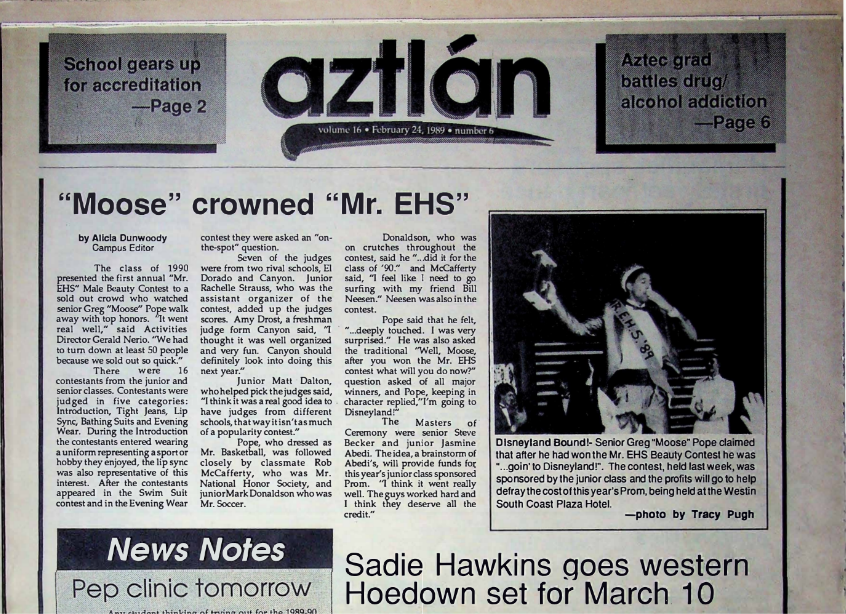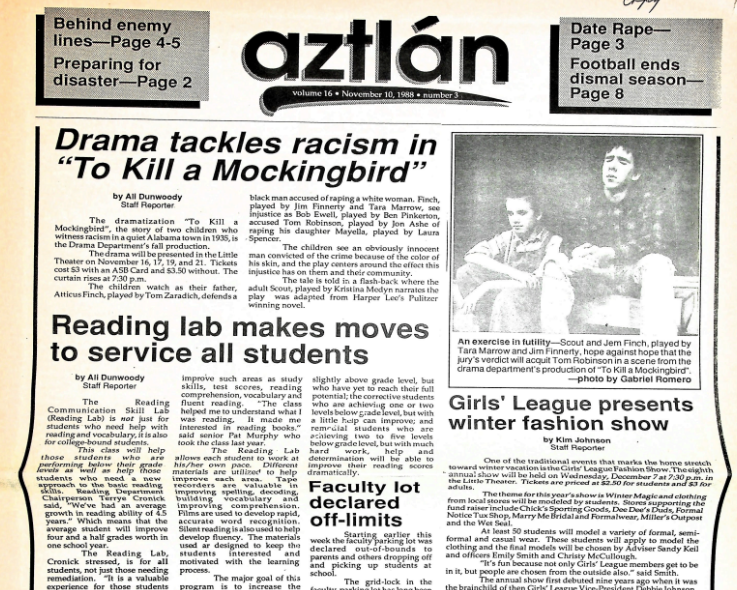The Story of Blockbuster Video
And Why it Was Ahead of Its Time
More stories from Zach Waugh
Image provided by Google Creative Commons
Blockbuster had the opportunity to be eight years ahead of the streaming service game, but they squandered it because they lacked foresight.
Blockbuster was originally founded in 1985 by a man named David Cook, who would later sell the company to three investors in 1987, just two years later. By the mid 90’s, Blockbuster would grow to become a staple of American culture, growing to have a maximum number of 9,000 stores nationwide by the year 2004.
How did Blockbuster make all its profits? Blockbuster’s business model was simple, but obviously effective. Blockbuster would buy movie DVDs, video games and tapes in bulk, then continue to rent them out to customers until they eventually made more money from people renting the movie than they did from buying the movies.
On top of this, late fees would make up a large amount of Blockbuster’s income as well. Late fees would be handed out to customers who failed to meet the return deadline after they rented a movie, and they were pretty hefty fines, with $3 being charged for each extra day you kept the movie. In the year 2000, Blockbuster made about 800 million dollars in late fees alone. Everyone hated late fees, so when Netflix began to gain more recognition in the early 2000’s, people began to lose their brand loyalty for Blockbuster.
In the early 2000’s, Netflix was an online video delivery service, so you would have to order the movie online through the Netflix website, and a few days later the movie would arrive. On the flipside, if someone wanted a movie from Blockbuster, all they would have to do was drive down and they’d get their movie instantly. What set Netflix apart from Blockbuster though, was that Netflix didn’t have late fees, so many people saw this as a better alternative than going to Blockbuster and running the risk of being slapped with a massive late fee for returning their movie one hour late.
Blockbuster actually had the opportunity to have a partnership with Netflix, but turned Netflix’s proposition down. As for why Blockbuster turned down Netflix, many speculate they did it because Blockbuster believed that brick and mortar video renting would reign supreme forever, and Netflix’s model of mail order movies would die out with time, however this is not the case.
Blockbuster wanted to compete with Netflix rather than join powers, and Blockbuster would eventually come out with its own VOD (video on demand) service called “Blockbuster On Demand” when merging with a smaller company called Enron in 1999. Blockbuster On Demand would eventually fail because Blockbuster didn’t commit to being an on demand service. So while Blockbuster continued to open new stores, Blockbuster also had to finance a completely different branch of their company that wasn’t seeing much success either. Blockbuster On Demand would eventually collapse in the year of 2001 after Enron declared bankruptcy, and while it may have been a net loss for the company, Blockbuster wasn’t done experimenting just yet.
The year 2004 was the last Blockbuster would see profits, and in this same year they would attempt to win back the good grace of the public by essentially gaslighting them and claiming to be “dropping” late fees. The late fees weren’t actually dropped completely, instead the renter of a movie would have a 7 day grace period after the deadline, and if they couldn’t get the movie back within that 7 day period, they would be charged with the full price of the movie.
By the year 2006, it had become clear to Blockbuster that Netflix’s business model was beating out any other competition, thus prompting the creation of Blockbuster: Total Access, Blockbuster’s last ditch effort at saving their dying company. Blockbuster: Total Access was a subscription based movie rental service with a twist, subscribers could order a movie online, then after getting it in the mail, return to a nearby Blockbuster store and trade it for another movie or video game for free. In the year 2006, Blockbuster still had 5,000 locations left, so trading in your movie was efficient. At its peak, Blockbuster: Total Access had 2.2 million subscribers, and was seen as a success at the time, however crashing profits would lead to Blockbuster declaring bankruptcy in September of 2010, and now in the year of 2021, one single lonely Blockbuster remains in Bend, Oregon.
Blockbuster didn’t fail because they wouldn’t change their ways of video rental, they failed because they were either late to the party or didn’t commit hard enough. When Blockbuster and Enron merged way back in 1999, Enron wanted to broadcast movies to people’s TV’s through use of fiber optics, otherwise known as streaming. This idea was presented to Blockbuster in 1999, eight whole years before Netflix would become an on demand streaming service. Blockbuster had the opportunity to be eight years ahead of the streaming service game, but they squandered it because they lacked foresight.
Information acquired from: history.com and npr.org.








